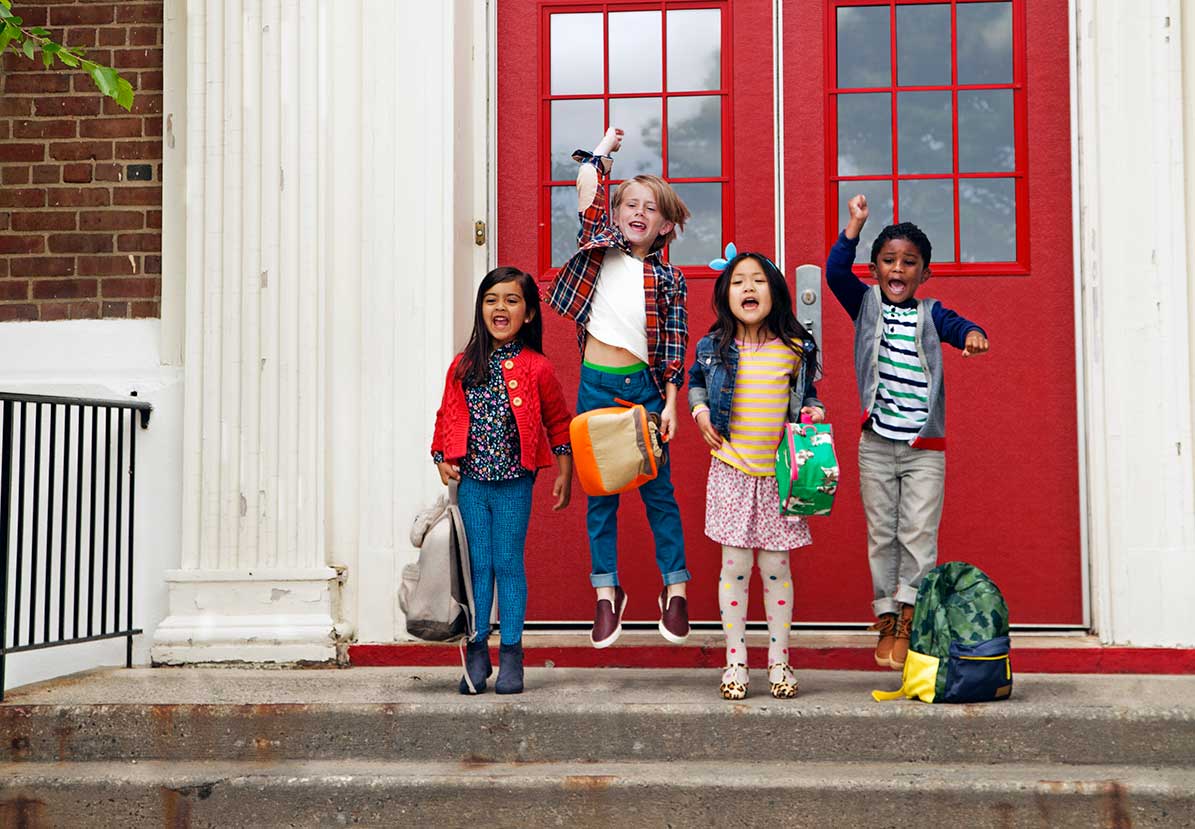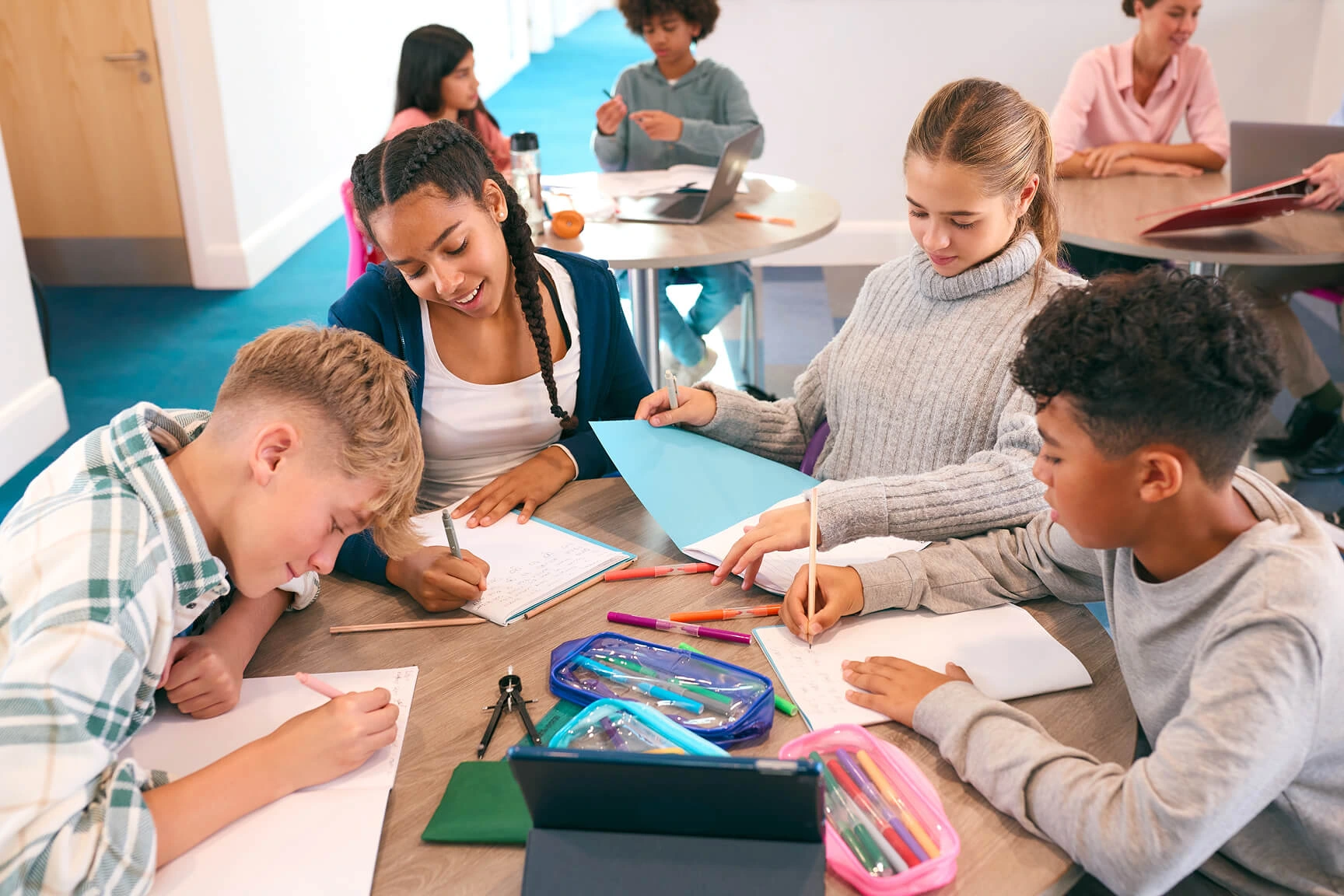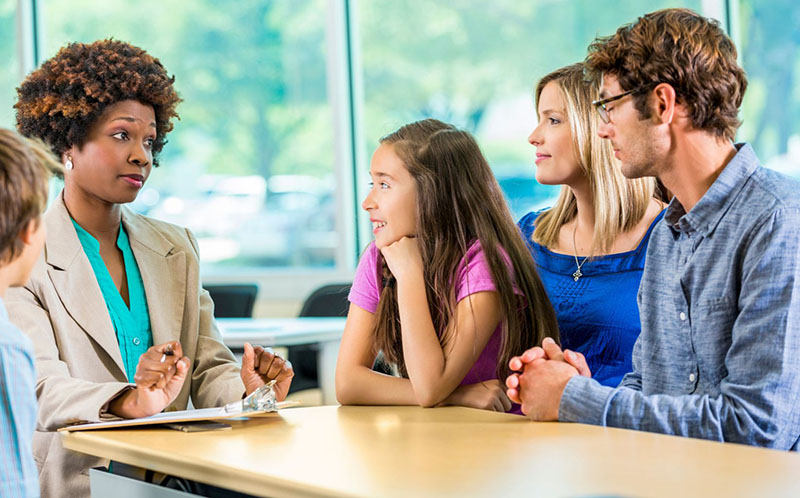When it comes to educational buzzwords, “social-emotional learning” (SEL) was the hot topic of 2018. But SEL is far more than a passing trend. It has the power to reduce behavior problems, increase academic achievement, and lead to improved student outcomes. Experts agree that social-emotional learning matters. Even D.C. and the U.S. Department of Education are getting in on the SEL movement.
What Is Social-Emotional Learning?
So, what exactly is social-emotional learning? SEL helps students acquire the skills to understand and manage emotions, set and achieve positive goals, feel and show empathy for others, establish and maintain positive relationships, and make responsible decisions.
Sounds pretty important, right? SEL is usually divided into five core competencies:
- Self-awareness
- Self-management
- Social awareness
- Relationship skills
- Responsible decision-making
Of course, you might be thinking: But what does this have to do with schools?
Why Social-Emotional Learning Matters for Schools
The short answer is: A lot! But we’ll also give you the long version. To start with, research shows that SEL improves achievement by an average of 11 percentile points. It also decreases depression and stress and improves student attitudes toward school. In addition, it boosts prosocial behaviors like sharing, empathy, and kindness. Ultimately, this creates a more positive school climate for students and teachers alike.
Sure, math, science, and reading are important too. But learning doesn’t occur in a vacuum. Students come to you from diverse socioeconomic backgrounds and experiences. Some have a history of trauma or are homeless, hungry, or struggling with other issues that make learning difficult.
SEL equips all students–but especially these students– with resilience and healthy coping skills. It also creates an environment of safety and connection that fosters optimal learning. When students feel safe and cared for at school, they are more willing to learn. They are also more willing to behave and to collaborate with their classmates.
The result? Schools with effective SEL programs experience decreased discipline referrals and increased test scores. Students develop skills to manage themselves, leading to increased teaching time. Teachers, students, and their parents are happier and healthier.
If you want your teachers to effectively teach academic skills, your students need a foundation of social-emotional skills first.
How to Foster Social-Emotional Learning
Okay, you get it: Social-emotional learning matters. But how can you teach it to the students at your school?
Start by putting the following into place:
- A safe, positive school culture
- An emphasis on safety (e.g., faculty and staff are here to keep students safe)
- Adult modeling of social-emotional competence
- Fair, equitable discipline policies
- Anti-bullying policies
- Morning meetings that provide opportunities for students to connect
- An emphasis on positive relationships (student-teacher and student-student)
- Family engagement and community partnerships
In addition, teachers need professional development to learn how to foster SEL.
If this sounds overwhelming, or you don’t know how to start, don’t worry. There are many SEL programs in place that can help. According to Principal Magazine, here are three of the top SEL programs:
- I Can Problem Solve (ICPS): A PK-5 program designed to build problem-solving and interpersonal skills. Focuses on emotional processes and cognitive regulation.
- The PATHS: A PK-6 curriculum designed to reduce aggression and behavioral problems by promoting SEL.
- Conscious Discipline: An early childhood SEL program adaptable for middle and high school. Focuses on safety, connection, and problem-solving. Offers professional development and implementation coaching.
For more SEL program options, view Principal Magazine‘s full list of 25 programs.
Why Social-Emotional Learning Matters: Final Thoughts
Social-emotional learning is intertwined with and central to all learning and success. It optimizes the learning environment and transforms schools into safe, positive spaces. It helps level the playing field for children of trauma and children with special needs. Teachers spend less time on discipline and more time on teaching. And ultimately, students achieve more.
An investment in an SEL program is an investment in your school, your students, and their futures.
Read our other articles for school leaders:

















